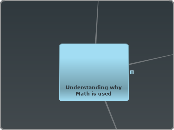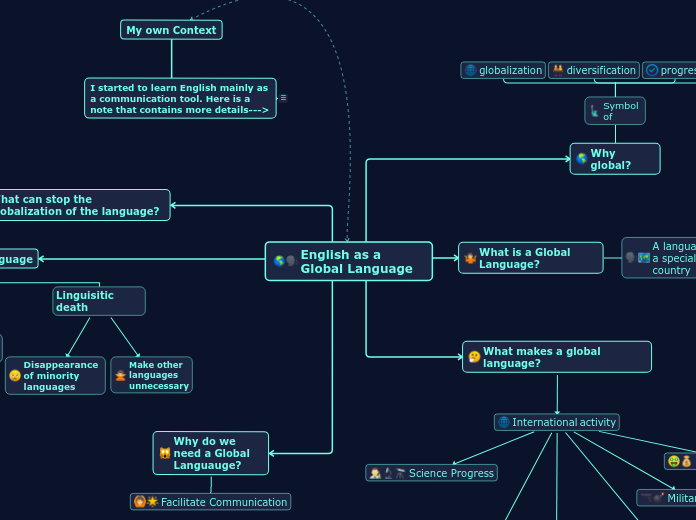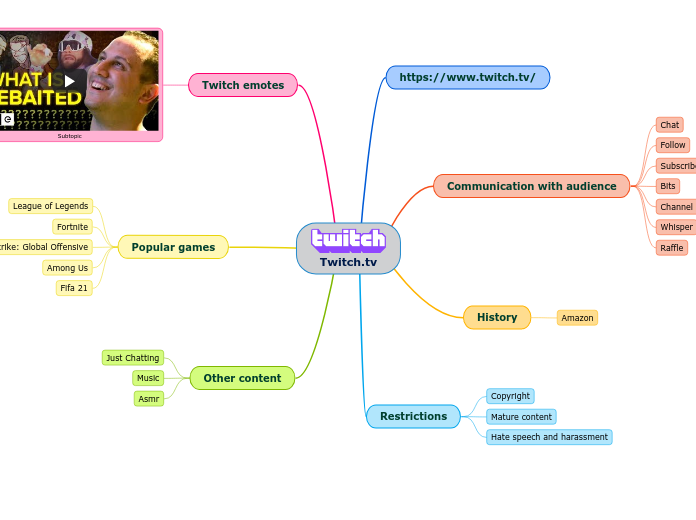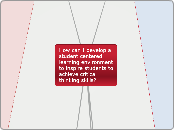Understanding why Math is used
The goal of this Mindmap is to lay out the basics of why math is used. It is geared towards adult or college aged learners on their quest for understanding the importance of Math, not just as a source of numbers, but how it translates to everyday life.
Math as Problem Solving
Math is used to understand how problems are solved.
The Process of Problem-Solving
Tools for Problem-Solving
We have to teach students what problem-solving is and the steps in order for them to be successful and practice them. If they are taught and practiced at a young age, they will be better equipped to use them as an adult.
Links to Websites
Resources for teacher and parents
Look back to Reflect
Implement the plan
Develp A Plan
Understand the Problem
What is a Problem?
The individual must accept the challenge
You must know you are working to solve the problem, you cannot stumble upon the answer!
The question cannot be answered immediately
It involves a question
The Use of Reasoning
Deductive Reasoning
Deductive Reasoning is conclusions based on facts.
Conditional Statements (if.......then)
Deductive Reasoning also likes to put in a conditional statement that applies the 'rules' to the theory.
The Statement is true or false, not both
Again, science likes to see the world in black or white, in yes or no.
Hypothesis to Conclusion
Science often used deductive reasoning as it asks you to think about what you are experiementing on then creating the conclusion from what you learned.
Inductive Reasoning
Inductive Reasoning is reaching conclusions from specific examples
Counterexamples can disprove
There always seems to be an exception to the rule.
Generalizations
Generalizing includes making broad statements about large amounts of data.
Communicating Math
Math is one form of communication that is used to express meaning and create understanding. Although we think of math as a way to help us solve problems, it is also used to 'talk' to one another.
What are some ways that math is communicated
Let's think about the different ways that math ideas can be communicated to people.
OBJECTS
Math objects are a visual way to display data. We start learning basic math objects at a young age when we start learning geometric shapes.
SYMBOLS
Math symbols are common and provide an easy method to display data. Some symbols common to us are:
+
=
/
:
#
()
GRAPHS
Graphs are often used in the media to display a large amount of data in a way that is easy to visualize. Graphs can misrepresent data so it is important to truly understand what you are looking at.
WORDS
Math can be described in words by descriptive words, concepts, examples, and word problems. Many words we use in our daily live can summarize a math concept such as: few, calculate, equal, less, quantify, or estimate.









